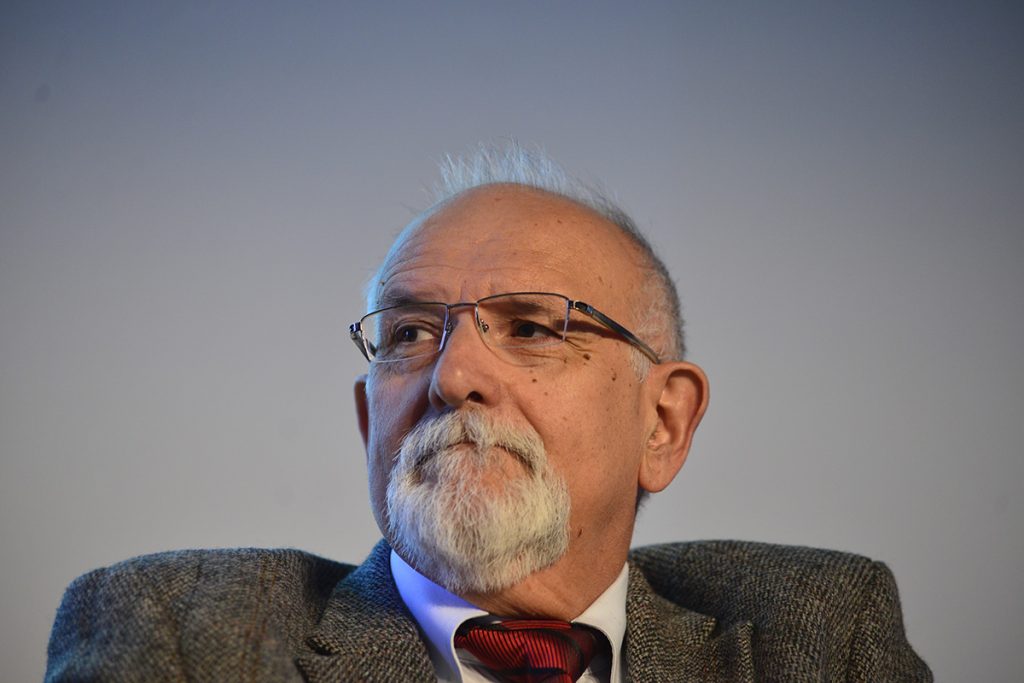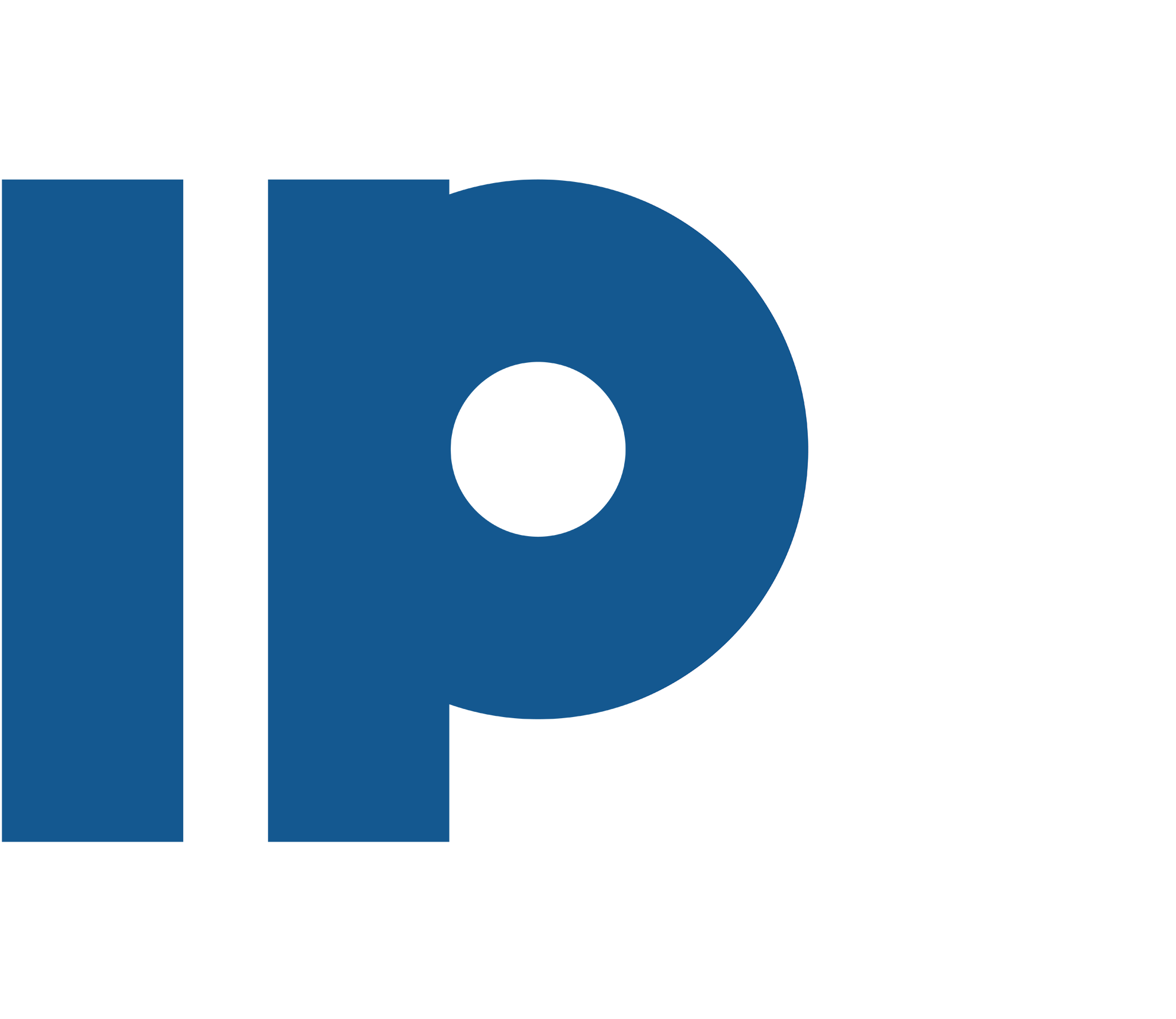
’Solid-state physics is a field which has the fastest road from theoretical research to application. It is from the fundamental research in solid-state physics that the transistor was born. We have lasers, Light-Emitting Diodes (LEDs), magnetic and electronic memories, integrated circuits, and CD readers. This is the reason why this field is interesting for people,’ says one of the domestic pioneers in this field, Academician Zoran Popović, SASA vice-president and long-standing, renowned researcher of the Institute of Physics, Belgrade, nowadays retired. Reflecting upon the decline in physics studies, he believes that the reason is demographic one and that we no longer have sufficient ’human potential that can be expected to enter science’.
He rationalizes the added interest in a career in solid-state physics with research infrastructure. ’PhD students can get interested in the experimental conditions we have here. The conditions in our country are nowadays such that they facilitate experimental work on doctorates at the highest level, and there is no reason to go abroad, due to experimental shortcomings, as we had to do it in my time,’ says Popović.
Popović’s monograph ’Kapitalna ulaganja u naučnoistraživačku infrastrukturu u Republici Srbiji u 21. Veku’ [Capital Investments into Research Infrastructure in the Republic of Serbia in the 21st Century], was published by the SASA this spring, and it represents a unique resource on investments and an invaluable overview of the development of domestic science, in which he directly participated. However, Popović is currently more in focus due to his scientific contributions. Specifically, the Centre for Solid State Physics and New Materials at the Institute of Physics, Belgrade, is organizing the Workshop on Strongly Correlated Electron Systems on 9-10 June, which is dedicated to the work of Academician Zoran Popović and which has attracted researchers from all over the world.
’When I was starting my career, my first dream was to work with people whose books and reviewed articles I studied from. My second dream was to build a centre, and the third one was to connect researchers who engage in theoretical and experimental work within our scientific community,’ he says while, before the workshop, we are talking at the Institute, in his office, with a view to the Danube. After these words, he becomes quiet, glances toward the river and says offhandedly how happy he is to have fulfilled all three dreams. With more than 300 papers in international journals, and citations higher than 4500*, Popović has opened and explored several research topics in Serbia, such as Raman spectroscopy, semi-conductive superlattices and high-temperature superconductivity.
He founded the Centre for Solid State Physics and New Materials 27 years ago, which is one of four centres of excellence at the Institute of Physics. His ’workshop’ produced 11 doctors and 10 masters, for which he says that, as a mentor, his ’task was to keep them out of trouble’. In addition to his office at the SASA, he held numerous scientific positions, and he is currently the president of the National Council for Scientific and Technological Development of the Republic of Serbia. Nevertheless, his home has always been the Institute of Physics, whence he would go into the world and constantly come back.
’Our professional training abroad orbited toward the topics which were fostered at the institution which we visited’, he says, adding that there was no focus on certain scientific fields and disciplines, which is perhaps good, having in mind that we would have chosen those directions that were not at the forefront of major research. ‘Vibrational spectroscopy, which I first embarked on here, was at the highest level there. My mentor was a professor, later an academician, Pantelija Nikolić who, among other things, worked on obtaining single crystals of semiconductor materials. I had my samples which I brought from here, having made them as part of my graduate and master theses. When you have your own crystal on you, which is perfect, and you get into such conditions, all doors are automatically open to you. You did not wait for someone to give you a topic’, he is reminiscing about the early days of his career.
Having graduated in Belgrade, he got a job at the Institute, in 1975. Then in 1977, he visited the University of Nottingham, Great Britain, followed by his obtaining a doctorate in Ljubljana in 1984. A crucial step in his career was the fellowship of the Alexander von Humboldt Foundation which, in 1987, took him to one of the most important centres in this field, the Max Planck Institute for Solid State Research in Stuttgart. ‘Why is it essential for a young man to be in the best place with the most distinguished scholars?’ he asks, adding that in the 1980s, such places were IBM, Bell Laboratories and Stuttgart. ‘Experimental conditions were the best possible. But, these are the places the entire world comes to. You interact with people, you have an opportunity to study and exchange experiences,’ he explains. ‘If you go abroad, you should go to the best places. Choose to be at the frontiers of research, he advises young researchers, adding how important it is to obtain a PhD in the country beforehand because a more dignified and attractive work awaits them.
‘As a fellow of the Humboldt Foundation, I came with my samples of superconductor and other materials to the Max Planck Institute, but I began to work on semiconductor superlattices, which were completely unknown to me at that time,’ supplying that it contributed to opening a completely new branch, as well as that this research later brought about the publication of a dozen of papers in Physical Review B. He stresses the fact that his laboratory in Serbia made high-temperature superconductors. ‘Here, they were pioneering results. The first measurements I managed to carry out, I did at the Moscow State University, since we did not possess experimental conditions for measurements at low temperatures,’ he states, explicating that down the road, based on these achievements, the Institute received funds and possibilities for the measurement of transport features of materials, at low temperatures.
‘There is a period, with every scientist, when you go abroad to study, and when you go there to pass the knowledge you have acquired,’ he remarks, reminding us that as one of the last fellows of Marie-Curie grant, he went again to Stuttgart, Leuven, in Belgium, and after to Valencia, Spain. The second decisive moment took place in 1995 when he founded the Centre at the Institute, and despite the general crisis the country was experiencing then, he got hold of equipment, which, in the 21st century, together with the National Investment Plan and EU project, made it the most equipped domestic laboratories. When asked why he did not remain abroad he answered: ‘To me, it did not pose any kind of a challenge. I might have had a bit more papers and citations, but to me, it is much more important that I opened the laboratory in the meantime, a centre and a possibility for people to hand down their creativity. It is significant for me that I have written several monographs on the history of this field. It contributes to the scientific culture which is completely neglected’.
*
Text by: Slobodan Bubnjević/IPB Communication department
Photo by: Milovan Milenković




